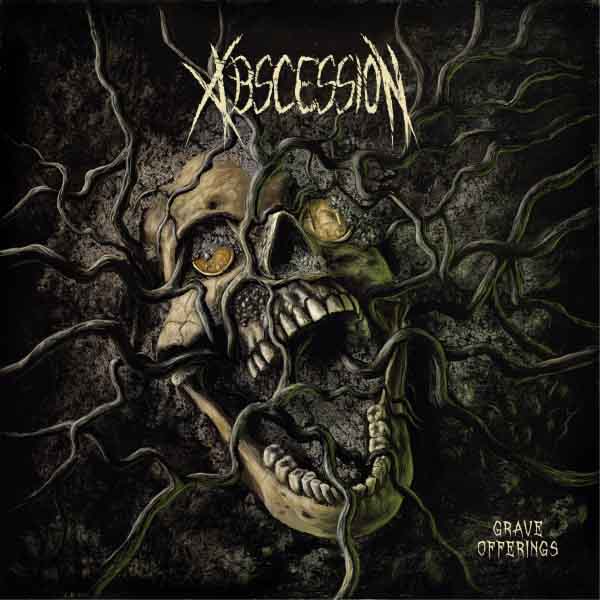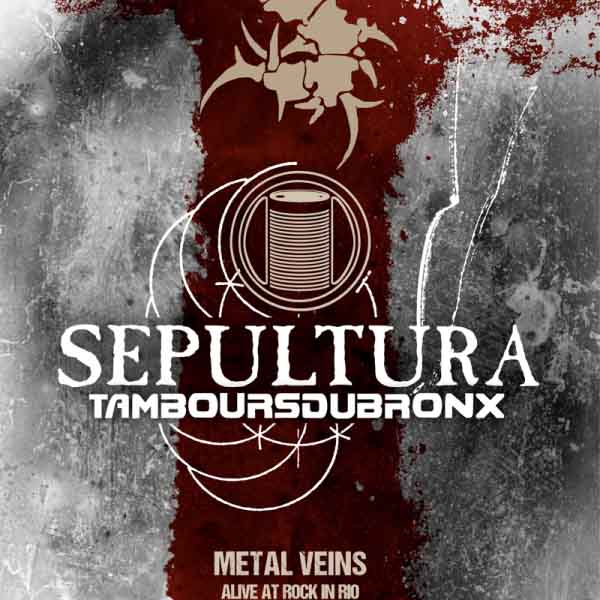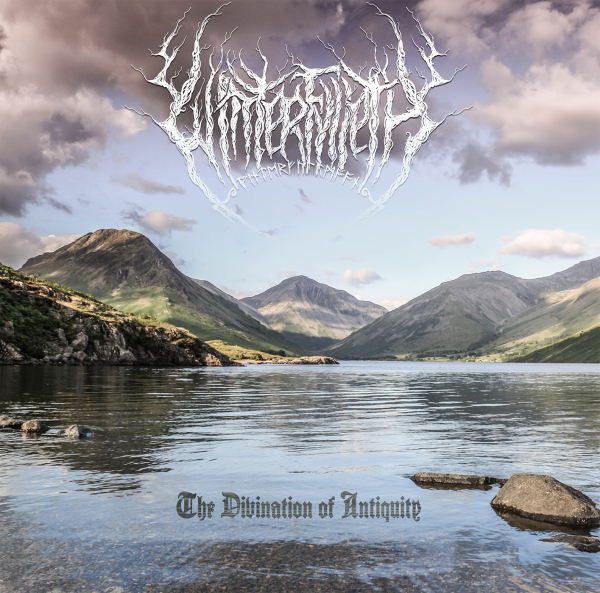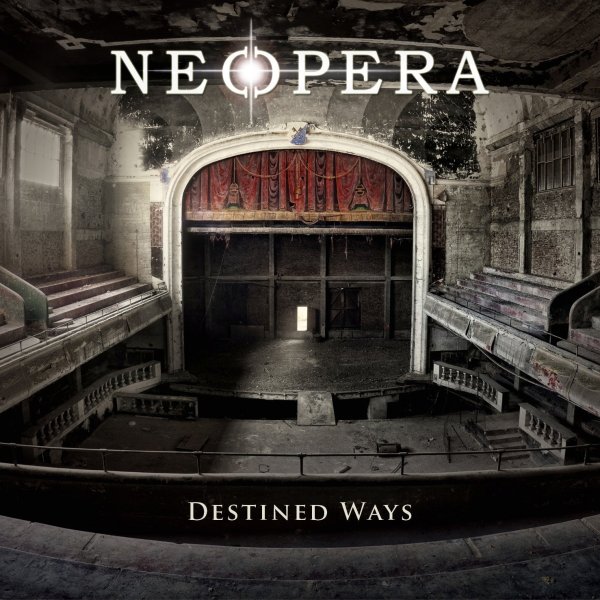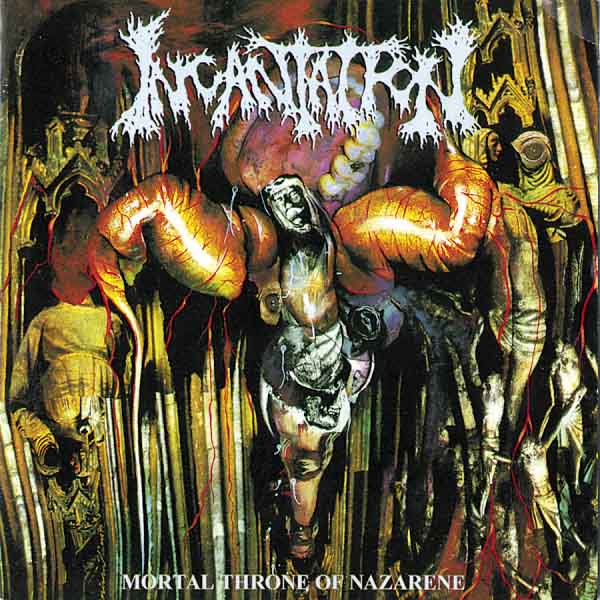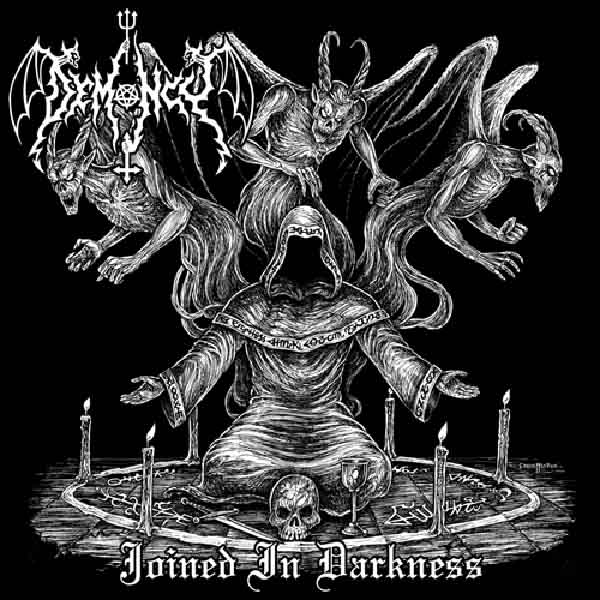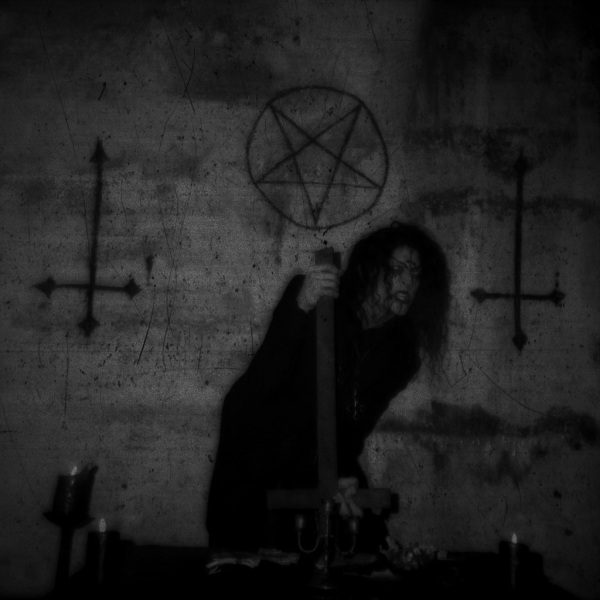Abscession appeared on the metal scene with a mission to bring the power of Swedish death metal to a stagnant scene. After a promising demo, “Death Incarnate,” Abscession return with a full-length Grave Offerings that expands upon their earlier strengths to make a solid Swedish death metal album with melodic touches but a few weaknesses that could sabotage its enjoyment by others.
On “Death Incarnate,” Abscession offered a great sense of melody and of place within each song, building up riff iterations like scenes in a horror film leading to a dramatic reveal. With their first full-length Abscession demonstrate the ability to write melodic songs that create a sensation of atmosphere and then bring it to a peak, uniting the song in a moment of clarity based on the journey encoded in its prior riffs. They draw from a template of Bolt Thrower, Dismember, Unleashed, Amorphis and early Therion in this ability but expand upon it with their own voice. Each song on this album possesses a point of focus and some form of internal content that guides its development, which avoids the “songs about being songs” problem that many death metal bands have. This radically cuts down on disorganization which can blight a metal album, and creates a sensation of descent into a dark world which deepens as the album progresses. Hardcore death metal fans may find the second half even more interesting than the first.
Where this album falls down is in the tendency to incorporate hard rock and death ‘n roll elements in some of — key point: some of — the riffs. These tend to focus on bouncy riffs like the Pantera style from the 1990s but without the angry bounce, more like a pop-music style that infects the brain but detract from the overall power of the song. Further, the vocals tend to synchronize too closely with riff and especially with chorus rhythm, and unfortunately are produced in such a way that they expand sonically instead of remaining focused; a bit of reverb and a filter on the microphone might help here. These are minor problems which probably keep this album from being an automatic keeper, but nonetheless it remains a powerful musical force that is immediately recognizable as its own entity and not merely derivative and celebrating that fact to recruit an audience as recent “true old school Swedish death metal” albums have done. Notice also what appears to be a Havohej tribute in the first riff of the second-to-final song.
Death metal fans will find this album relevant because this band actually write songs, have a flair for the kind of theatrical yet meaningful atmospheric changes that Celtic Frost pioneered, and demonstrate overall high levels of musicianship and songwriting. Many will be put off by some of the bounce riffs or Motley Crue-styled hard rock riffs, but these are as mentioned above a minority of what is on the album. Amazing for its ability to invoke the past without rehashing it from an outside view, Grave Offerings shows a powerful future for this band and proves itself one of the most memorable releases of 2014.
2 CommentsTags: abscession, abscission, death metal
